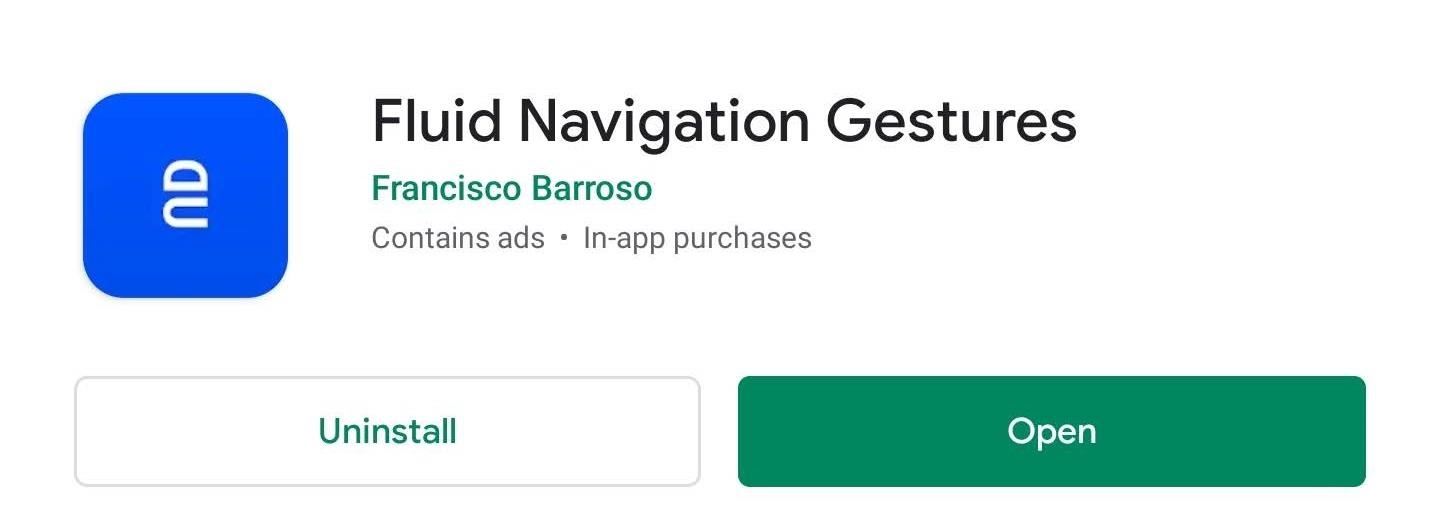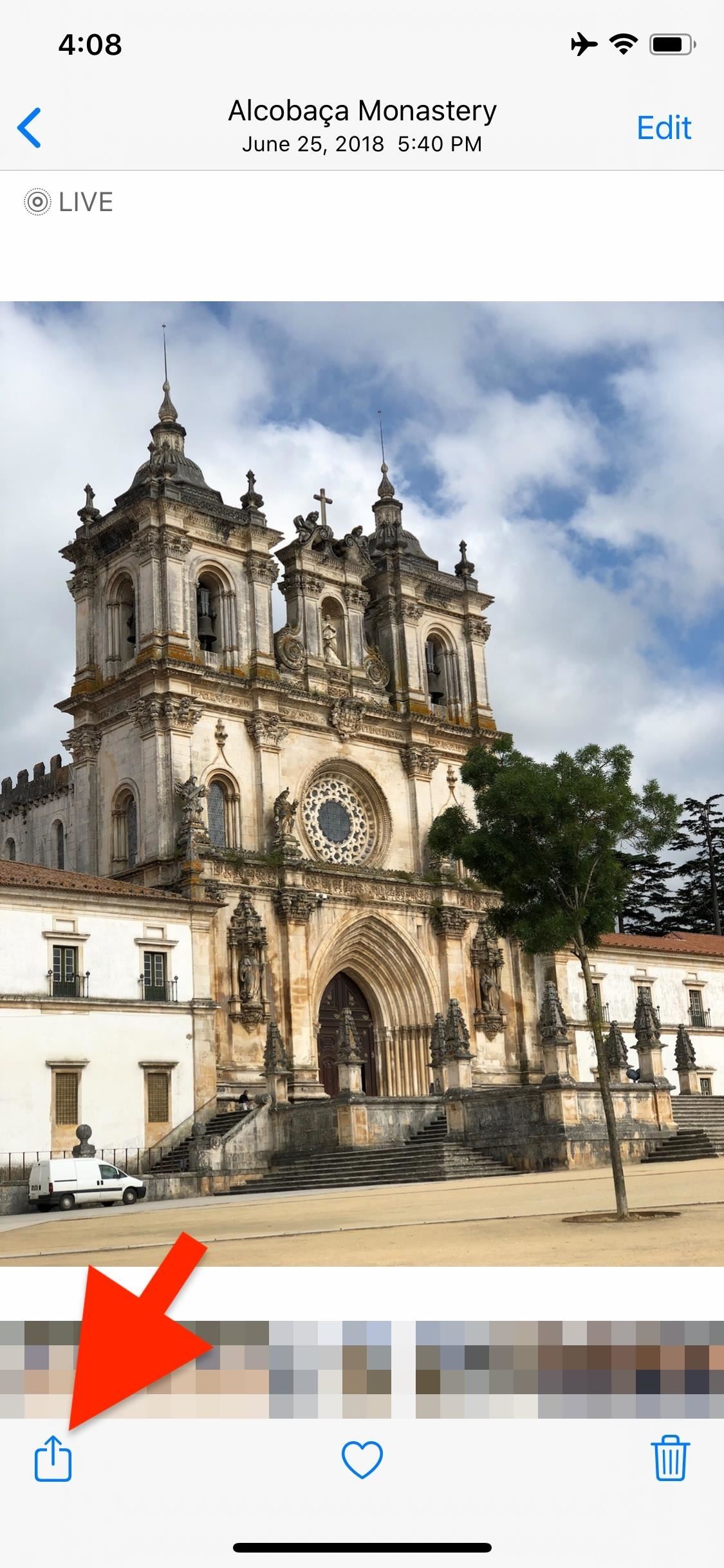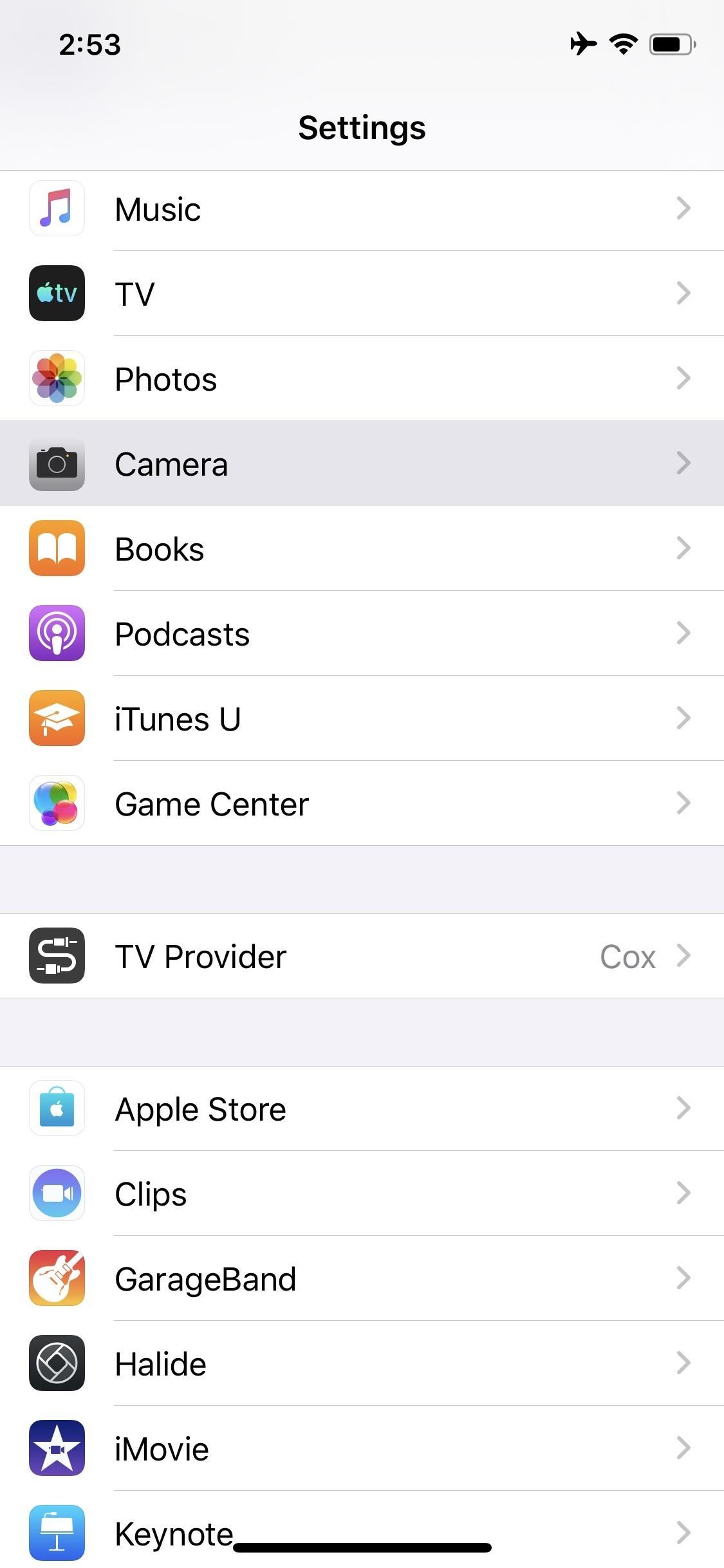News and New Product Briefs (June 9, 2000)
INDEXHEAD: Allora supplies XML access to relational databases
HiT Software has unveiled Allora, a Web middleware application that provides developers with XML access to relational databases. Allora is the World Wide Web Consortium version of the Document Object Model (DOM); it offers businesses asynchronous message queue access, synchronous SQL transaction access, and a uniform XML data access model.
With Allora, developers can use one line of code to generate DOM encapsulations of datasets. They can then use DOM level 2 APIs to manipulate a data set as XML and interact with HTML and message queues. The Simple API for XML (SAX) standard supports Allora’s XML-parsing abilities.
Allora also allows developers to view relational databases in either SQL query or catalog browsing modes. The SQL query feature executes queries using an RDB server, but results are generated as XML documents. The catalog browsing mode allows a DBMS catalog to be reviewed for information on tables, schemas, columns, and catalogs.
HiT Allora is available in Windows and Java versions, and is expected to ship during second quarter of 2000.
INDEXHEAD: GemStone/J 4.0 adds J2EE capabilities
GemStone Systems has updated its GemStone/J application server with J2EE capabilities and an Extreme Clustering design. Version 4.0 of GemStone/J utilizes CORBA-enabled, multitiered VM technology, which allows administrators to add or delete VMs without any server downtime.
The Extreme Clustering architecture’s smart load-balancing feature complements the multitiered VM technology by optimizing the use of system resources. It can be used to balance the loads of many VMs across different machines or on a single machine. Extreme Clustering also offers a total availability feature, which supplies system-oriented, precision failover across load-balanced and clustered systems, as well as within a single server.
GemStone/J 4.0’s Universal Application Model architecture supports the distribution of CORBA objects, Enterprise JavaBeans, and Web servlets. It also supports XML deployment definitions that are incorporated into deployment structure. GemStone/J 4.0 also supports PKI-based security as well as Java-based container-managed persistence and messaging.
GemStone/J 4.0 will be available in early June 2000. Pricing starts at ,995 per CPU.
INDEXHEAD: InstallShield updates Windows apps via the Internet
InstallShield Software has introduced version 1.5 of its InstallShield for Windows Installer, a setup application for Windows 2000 logo-compliant applications. Enhancements in version 1.5 include:
- Internet-enabled update patching, with which users can make software patches that only contain updates to earlier versions of software
- InstallScript support
- Merge Module authoring, editing, and use features, which allow the reuse of project elements for other setups
- Call functions in standard DLLs
- Dynamic file linking, which supports subfolders
- Property table enhancement, which adds descriptions to properties using a new comment
InstallShield for Windows Installer 1.5 is priced at 95 and is distributed with InstallShield Professional 2000.
INDEXHEAD: TowerJ 3.5 JVM now offers J2EE capabilities
Tower Technology has added J2EE support to its TowerJ 3.5 JVM. TowerJ postcompiles Java bytecode into binary native executables, which can then be distributed and dynamically updated using bytecode or native libraries. The application’s mixed-mode deployment technology improves the security of Java-based applications by permitting businesses to designate after deployment those elements of a system that can be dynamically changed and those that should remain unchanged.
Pricing for TowerJ Performance Improvement Kits starts at ,000 per server. Pricing for TowerJ server runtime-only licenses varies based on the configuration and type of server platform.
INDEXHEAD: Destiny Media unveils video-on-demand offering
Destiny Media Technologies is demonstrating a prototype version of Video Clipstream, its Java-based streaming video offering. The application allows streaming video to be embedded directly into a Webpage or HTML-compliant email.
Video Clipstream relies on Destiny’s compression technology. Users do not need to download and configure software plug-ins. The software bypasses this step by using standard HTTP protocols, and does not depend on a proprietary server. It also allows users with Java-compatible browsers to immediately access content. Content can also stream through Web-friendly firewalls. Organizations can use this application to transmit multimedia emails as well as multimedia banner advertisements.
INDEXHEAD: Juliet provides developers with J2EE source
The Juliet navigational tool by Infotectonica helps Java developers utilize J2EE’s core libraries by offering a current Java Quick Reference. It offers a visualization tool to aid developers as they move through a classpath’s packages and types, supplying an interactive type hierarchy for each package, a package hierarchy browser, a depiction of each type, a member filter to customize type depictions, and a way to find detailed information (like a method’s parameter names) when coding.
Juliet is scheduled to be released in mid-June 2000. A promotional version can be downloaded at no charge.
INDEXHEAD: IBM’s alphaWorks offers intelligent agent and XML-messaging tools
IBM has added the ABLE graphical editor and SOAP for Java Q, an XML-based messaging technology, to its alphaWorks Website.
The Agent Building and Learning Environment (ABLE) is a Java-based toolkit for creating and distributing hybrid intelligent agents and agent applications. ABLE contains reusable JavaBean elements, dubbed AbleBeans, as well as ways to build software agents by connecting these elements. ABLE’s Agent Editor lets developers create and test intelligent agents. AbleBeans facilitate fuzzy reasoning, neural network learning abilities, and genetic search algorithms.
The SOAP for Java Q tool evolved from Microsoft’s SOAP specification, which outlined how to use XML to access services and transmit messages. Combining XML and SOAP allows organizations to take their pick of various internal technologies, including EJBs, Microsoft’s COM, and traditional languages such as COBOL. SOAP services can now also be accessed with the new tool. SOAP data structures are compatible with the W3C XML Schema language, which means that encodings can be used with one-way, streaming, and multicast messaging patterns.
INDEXHEAD: ChartStream generates realtime stock charts
Prophet Financial Systems now offers Web-based stock market data with its ChartStream application. Using a browser, online investors can see dynamically updated charts that display the performance of indices, stocks, and futures. The Java-based application can display realtime or delayed market information, and offers a collection of mathematical tools that can be used for technical analysis. Trends and studies automatically update as new prices become available, and users can generate charts that specify target time ranges.
ChartStream with delayed market data can be downloaded at no charge. ChartStream with realtime data is priced at 9.95 per month.
INDEXHEAD: Lutris Enhydra Professional 3.0 supports wireless development
Lutris Technologies has introduced Lutris Enhydra Professional 3.0, a supported version of the open source Enhydra Java/XML application server. This offering provides a set of tools that facilitates the creation of wireless and Internet applications. Wireless development efforts are supported by a wireless development tutorial and a wireless development kit that offers the WAPtor WML editor and the YoSpace WML browser (a Java-based Nokia phone emulator). These tools can be used to create applications that support phones, PDAs, PCs, and kiosks.
The application also offers InstantDB, an open source Java-based relational database that supplies programmers with a standards-oriented development database. Other tools that ship with Lutris Enhydra Professional include Inprise’s JBuilder Foundation 3.5, PostgresSQL 6.5.3, and Forte for Java Community Edition 1.0.
Pricing information for Lutris Enhydra Professional 3.0 is not yet available. The product is expected to ship during June of 2000.
INDEXHEAD: Get your bearings with Site Mapper 2000
Cleo Software Development has introduced Site Mapper 2000, a Java-based application that creates interactive maps of Websites. Site Mapper maps any Website and allows users to view the information as a hyperbolic tree and in file-folder style. Up to 6,000 links or pages can be displayed on a single page; double-clicking on a link will open it. The mapping tool removes any dead or broken links and offers a site-search tool that helps users locate specific pages.
A demonstration version of Site Mapper 2000 that maps 75 links per site is available at no charge.
INDEXHEAD: Sun Ray allows developers to collaborate on multiple projects
Sun Microsystems has introduced the Sun Ray 1 enterprise appliance, which provides software and EDA developers with server-level computing power on the desktop. The Sun Ray facilitates collaborative efforts by allowing developers to access multiple projects and collaborate on them. A Hot Desk Architecture allows users to access computing tasks from any location in a workgroup, and to begin projects at the point where they left off. Sun has also incorporated support into the Sun Ray 1 for other software development offerings, including Forte System’s Java development tools.
INDEXHEAD: TogetherSoft expands product line
TogetherSoft has enhanced its product line with the release of four new applications. The expanded product line includes:
- Together Control Center 4.0, which supplies a team-oriented development environment that aims to help the creation of EJBs and their distribution to application servers
- Together Enterprise 4.0, which supplies a development environment for enterprise solutions
- Together Solo 4.0, which supplies individual programmers with an end-to-end development environment
- Together Whiteboard 4.0, available as a free download
Each of the products includes the following features:
- Round-trip engineering between Java/C++ code and UML diagrams
- Metrics checking and likely-error quality assurance audits
- BigPlay, which maintains version control
- RaftMaker, which creates Java documentation based on development models
- Stamper, which allows developers to implement object model templates




